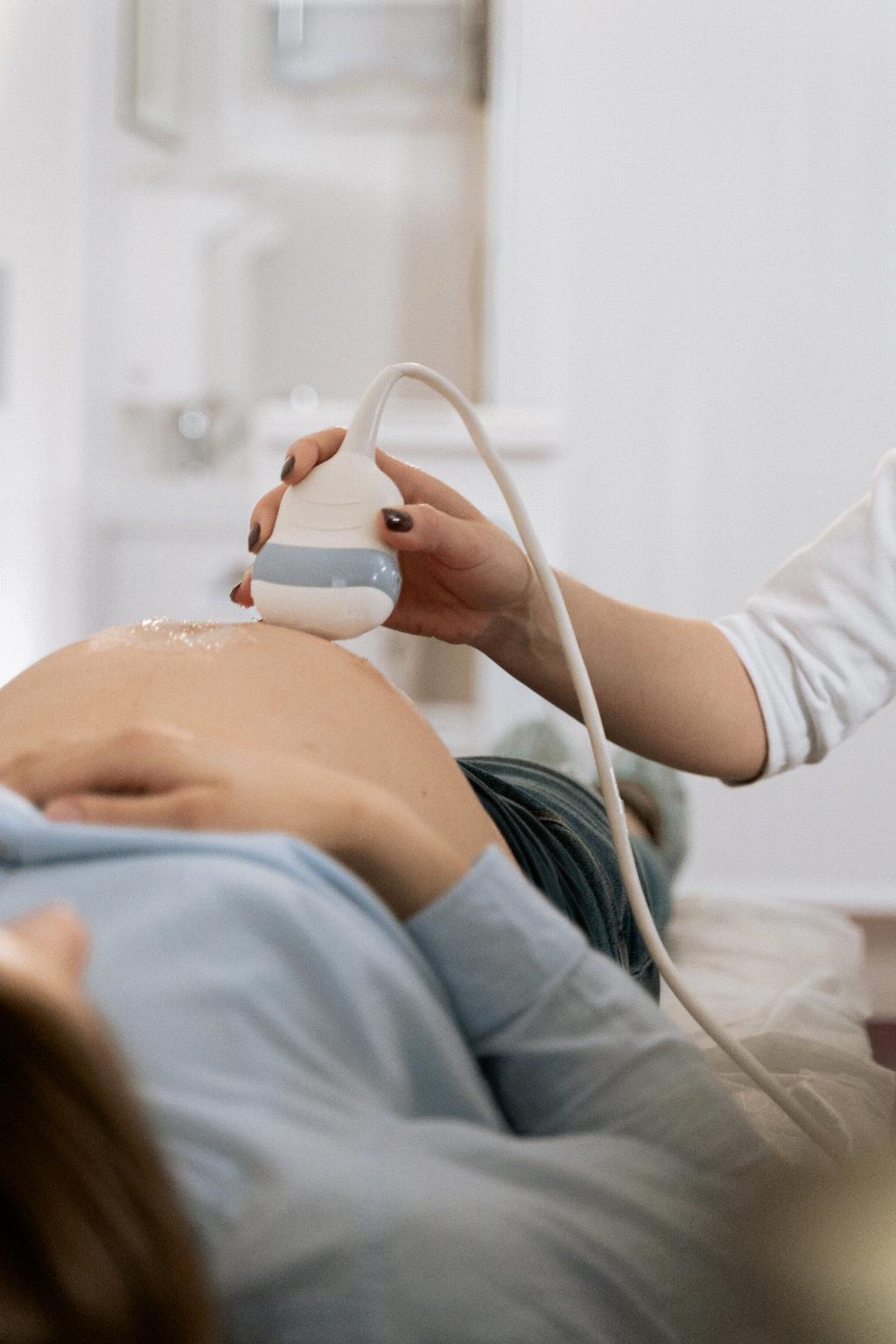When it comes to the topic of vaginal discharge, there can be confusion regarding the difference between early pregnancy discharge and pre-period discharge. It is essential to decipher the subtleties and nuances that distinguish these two types of discharge, as they can indicate various aspects of a woman’s reproductive health.
Characteristics of Early Pregnancy Discharge
Early pregnancy discharge is often described as milky, white, and odorless. It is a common occurrence for some women in the early stages of pregnancy, usually due to an increase in estrogen levels that stimulate the production of cervical mucus. This type of discharge can be a positive sign of conception for those trying to conceive.
Signs of Pre-Period Discharge
On the other hand, pre-period discharge tends to be clear or slightly cloudy in color and may have a thicker consistency. It typically occurs in the days leading up to menstruation and is caused by hormonal fluctuations in the menstrual cycle. Unlike early pregnancy discharge, pre-period discharge is generally not as abundant.
Timing and Frequency Differences
One of the key differences between early pregnancy discharge and pre-period discharge is the timing at which they occur. Early pregnancy discharge tends to occur shortly after conception, while pre-period discharge occurs closer to the start of menstruation. Additionally, early pregnancy discharge may occur more frequently and persist over a more extended period compared to pre-period discharge.
Texture and Consistency Variances
Another factor to consider when distinguishing between early pregnancy discharge and pre-period discharge is the texture and consistency of the discharge. Early pregnancy discharge is often described as creamy or milky, while pre-period discharge may have a more watery or sticky texture.
Potential Causes of Discharge
While early pregnancy discharge is primarily attributed to hormonal changes related to pregnancy, pre-period discharge can be influenced by various factors such as stress, diet, or changes in medication. It is essential to consider the context in which the discharge occurs to determine its underlying cause accurately.
Associated Symptoms and Sensations
In addition to differences in appearance and timing, early pregnancy discharge and pre-period discharge may be accompanied by distinct symptoms and sensations. For example, early pregnancy discharge may be accompanied by breast tenderness or nausea, while pre-period discharge may coincide with menstrual cramps or bloating.
Importance of Monitoring Changes
For individuals experiencing either early pregnancy discharge or pre-period discharge, it is crucial to pay attention to any changes in the color, odor, or consistency of the discharge. Sudden changes may indicate an underlying issue that requires further evaluation by a healthcare provider.
Seeking Medical Advice
If you are unsure about the type of discharge you are experiencing or if you have concerns about your reproductive health, it is advisable to consult with a healthcare professional. They can provide a thorough assessment and offer guidance on the best course of action based on your individual circumstances.
Conclusion
In conclusion, while early pregnancy discharge and pre-period discharge may share some similarities, there are key distinctions that can help differentiate between the two. By understanding the characteristics, timing, texture, and associated symptoms of each type of discharge, individuals can better recognize changes in their reproductive health and seek appropriate medical attention when needed.

